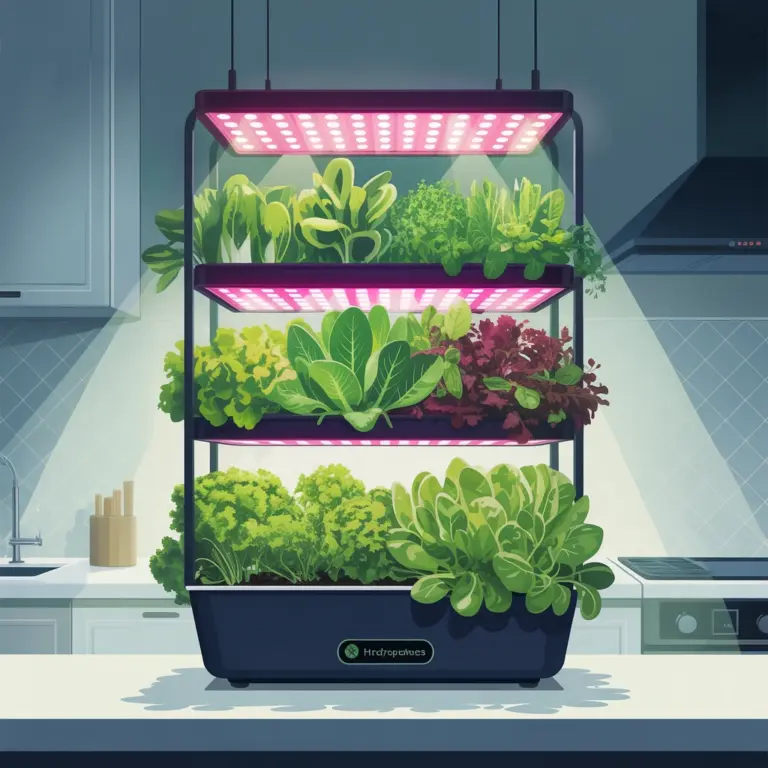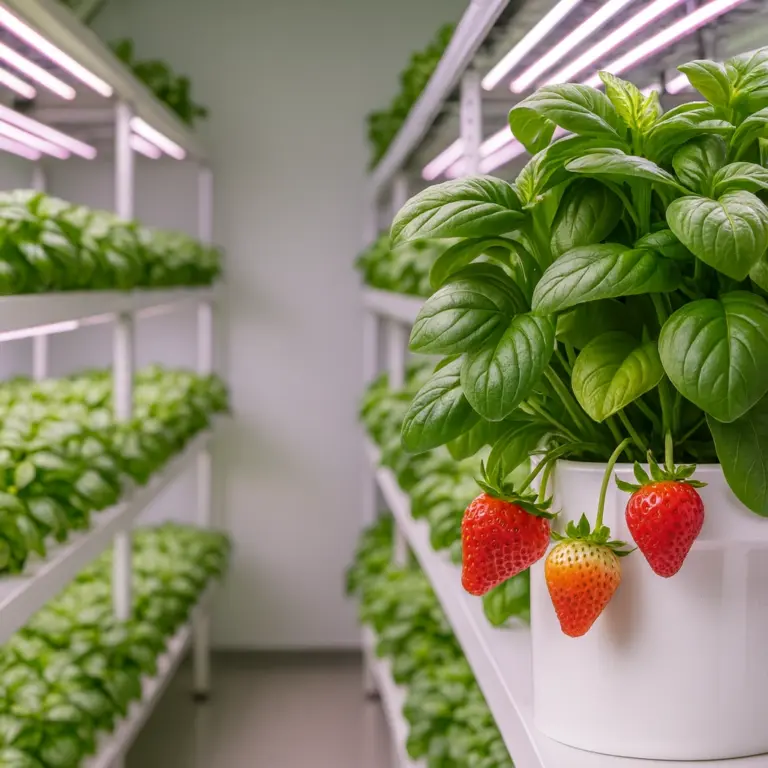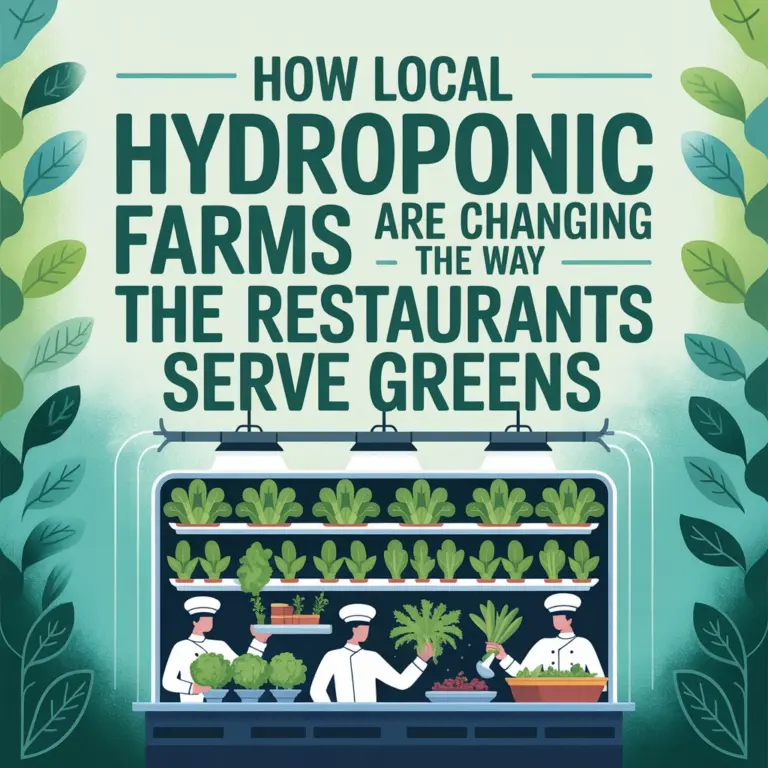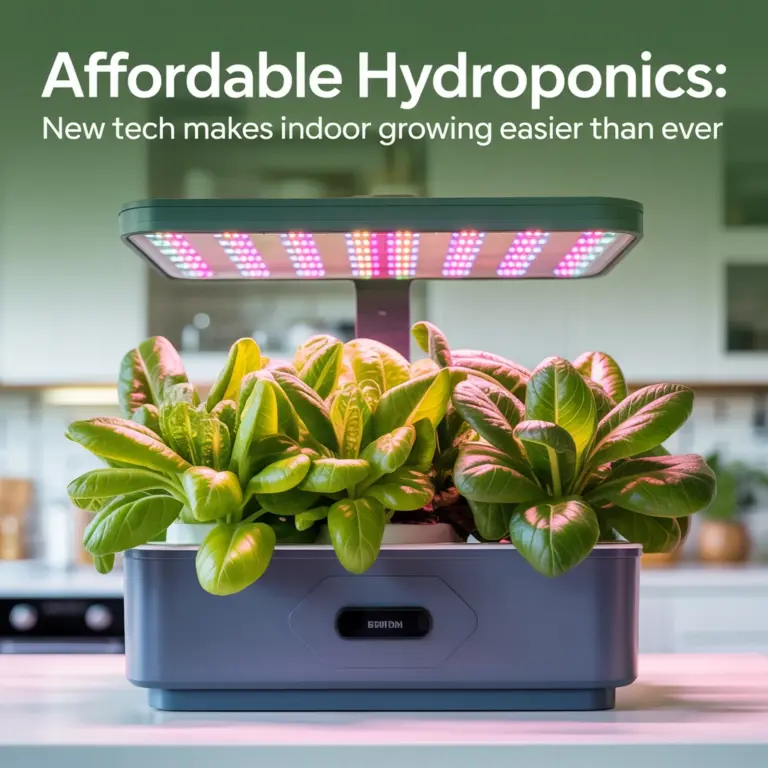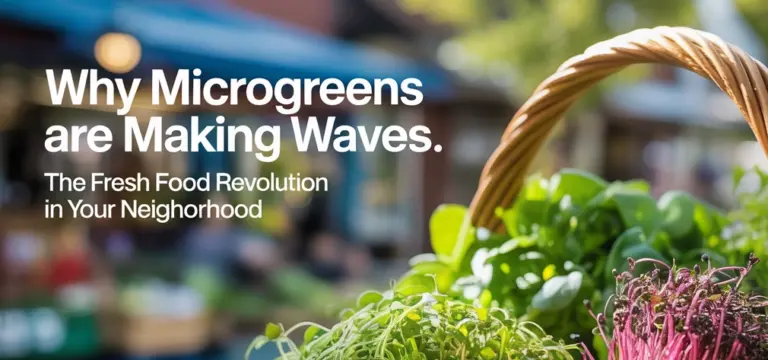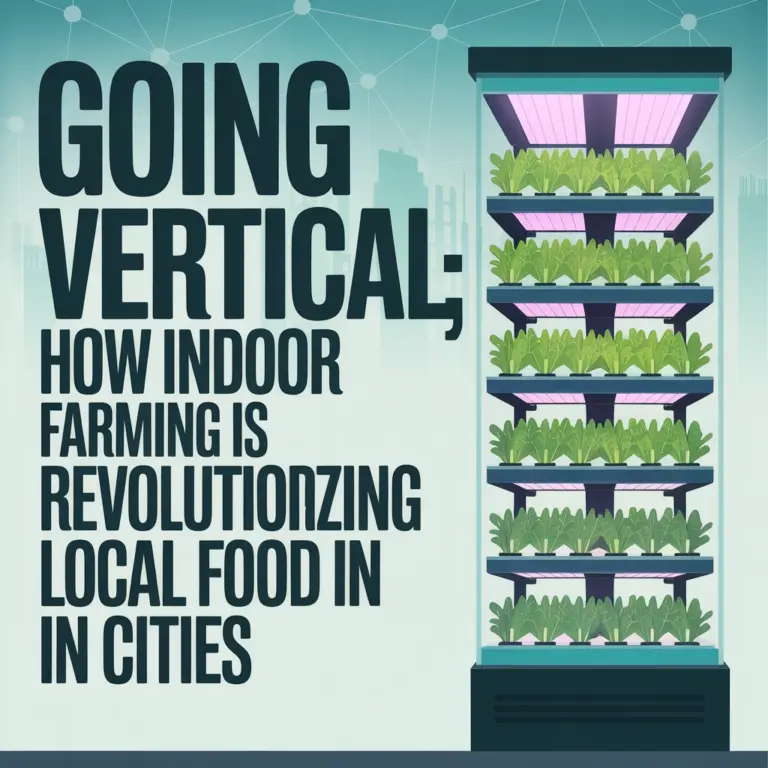The New Face of Farming: How Big Players Are Expanding Urban & Indoor Agriculture
The Urban Farming Revolution: Big Numbers and Bold Moves
There’s nothing “niche” about indoor or urban agriculture anymore. The market for indoor farming is expected to more than double from $49.4 billion in 2025 to an incredible $108.6 billion by 2035, growing at over 10% every year. That growth says a lot—more and more people want fresh food grown closer to home, and technology is making it possible to deliver.
Why the boom? Cities are expanding fast, but farmland isn’t. Add climate change, supply chain headaches, and a hunger for greener choices, and it’s no wonder new ways of growing food are hitting their stride. Indoor and vertical farms use less land, less water, and produce year-round, right where people live.
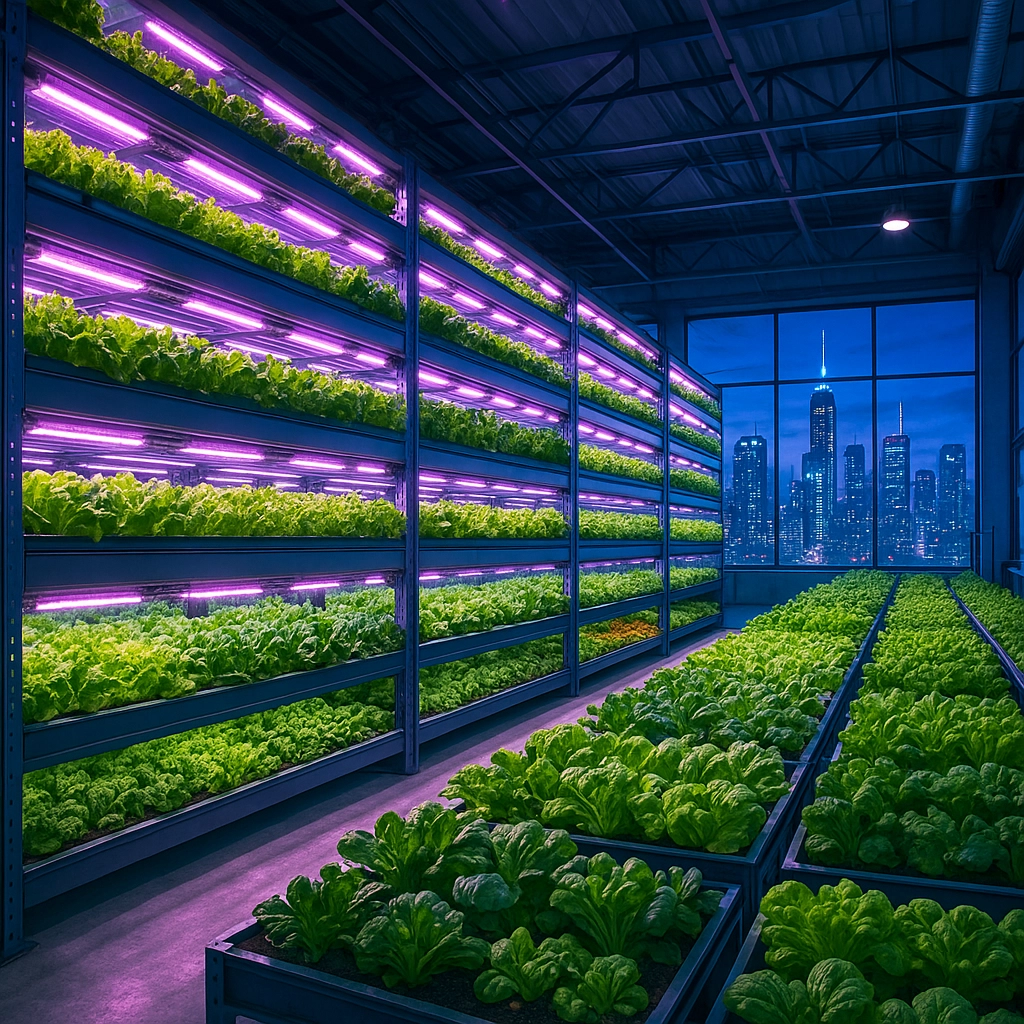
Who’s Leading the Pack? Heavyweights & Innovators
A few big names are making the biggest waves, and they’re not playing small.
80 Acres Farms
Based in the U.S., 80 Acres Farms is setting the bar. After picking up Kalera’s operations and intellectual property, raising $115 million, and expanding in strategic states like Georgia, Texas, and Colorado, they basically doubled their growing capacity. How? Fully automated, high-tech facilities that can churn out food at scale year-round.
Oishii
Think premium. Oishii blends vertical farming tech with Japanese know-how to grow strawberries that taste as good as they look. Their super-sweet berries fetch high prices and show that vertical farming isn’t just for leafy greens—it’s for premium, specialty crops too.
Eden Green Technology
Texas-based Eden Green runs massive greenhouse-vertical hybrids, blending the best of both worlds. Their farms supply retail chains and institutions and are designed for total scalability. They’re proving that you can think big while still growing sustainably.
Technology-First Companies
Companies like Intelligent Growth Solutions (IGS) out of the UK aren’t just building farms—they’re building smart, modular, robotic towers that can pop up in cities around the world. With advanced sensors and global partnership strategies, IGS and others like Stacked Farm in Australia are proving just how fast and far urban agriculture can spread.
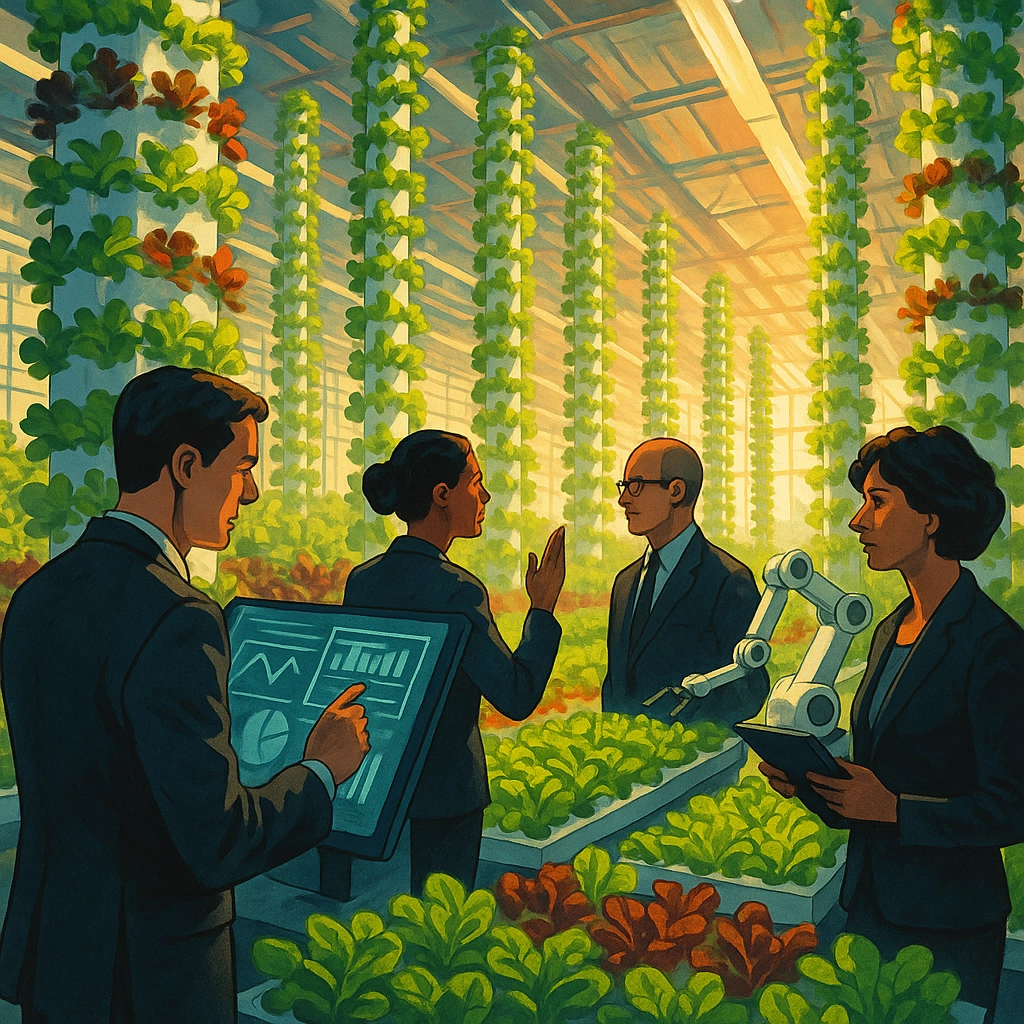
The Tech Driving Next-Gen Farming
Tech isn’t just a buzzword—it’s the backbone of this new farming movement. Major players are all-in on:
- Automation & Robotics: Automated planting, harvesting, and packaging let farms churn out produce 24/7 with minimal labor.
- AI and Smart Controls: Artificial intelligence runs climate, light, fertilizer, and watering settings perfectly for every crop.
- Energy-Efficient Lighting: High-tech LED setups mimic sunrise and sunset cycles, cut electricity costs, and boost plant growth.
- Modular, Stackable Systems: Farms can install growing “towers” and modules almost anywhere—urban warehouses, old factories, even inside stores.
Substrate innovation matters too. Soil-free, biodegradable growth mediums save water and keep roots healthy, and mean that these farms can pop up right where they’re needed most—inside the city.
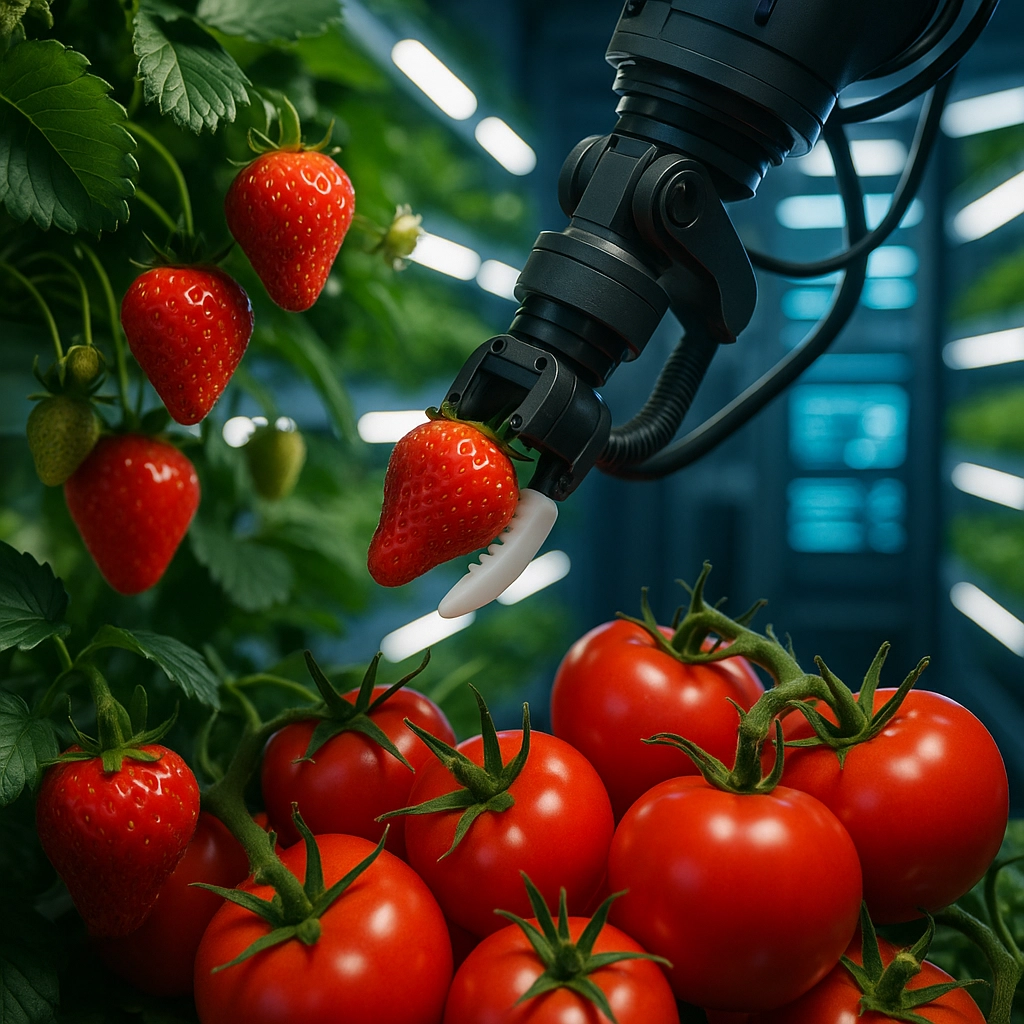
More Than Lettuce: Crops Are Getting Diversified
If you think vertical farms are all about lettuce, think again. Companies are growing:
- Tomatoes (now about 25% of the market for vertical farms)
- Herbs and microgreens
- Bell peppers, strawberries, and cucumbers
- Even more complex crops like root veggies, with advances in hydroponics and lighting
A big reason for the shift? Better lighting and nutrient delivery allow farms to grow crops that used to be off-limits indoors. Plus, companies are investing in seeds bred specifically for indoor setups—meaning bigger yields, shorter harvest cycles, and tastier food.
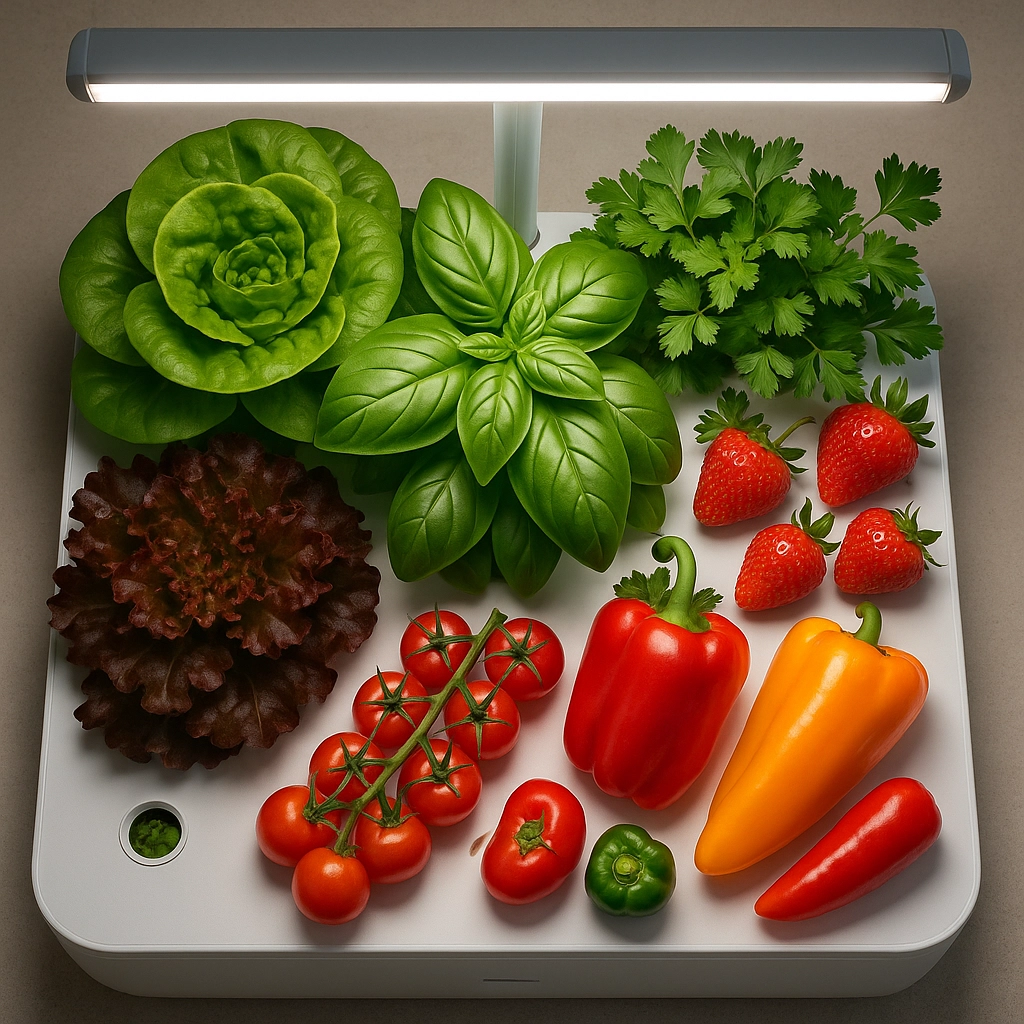
Urban Integration: Farming in the Heart of the City
Modern vertical farms are leaving the countryside behind and moving inside city limits. They’re being built:
- In repurposed warehouses
- On rooftops (imagine picking your salad from your apartment complex)
- Inside schools, office buildings, and grocery stores
China leads the way in folding vertical farming into big urban planning, but this “grow-where-you-live” model is popping up everywhere. Farms directly in the city mean ultra-fresh food, super-low food miles, and less wasted energy on shipping.
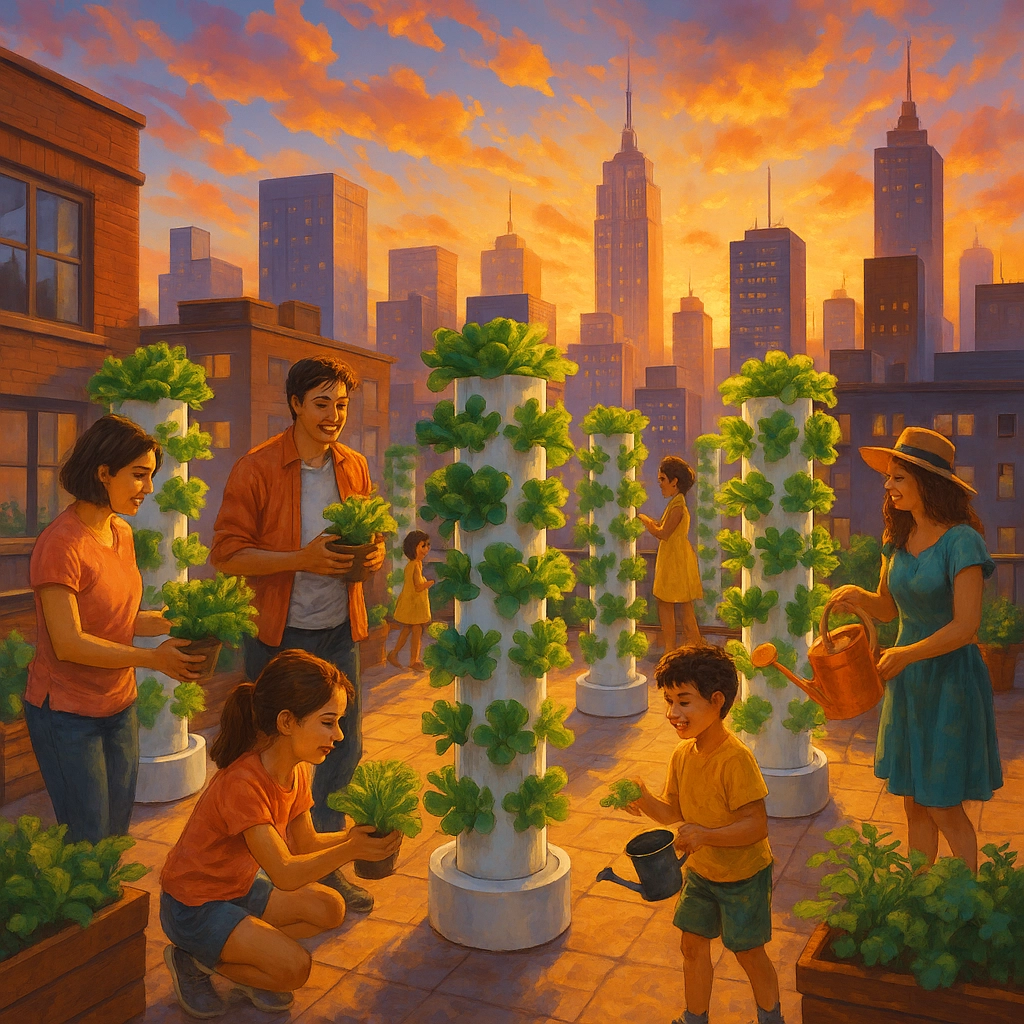
Going Global & Local at the Same Time
Expansion isn’t just a U.S. thing. Europe’s Jones Food Company is supplying major UK chains with pesticide-free, leafy greens from one of the continent’s largest vertical farms, specializing in reducing energy needs.
In Asia, Singapore’s Agrihome and India’s HeyFarmer are adapting modular systems for crowded cities and even home use. Italy’s AGRISKY is taking things digital, feeding greenhouse operations AI-driven recommendations based on real-time grows.
It’s one big, borderless push: companies scaling up, adapting to local climates, and making fresh food a global reality.
Changing Communities, Changing Lives
At its core, the shift to urban and indoor agriculture solves real-world problems. Food deserts shrink when vertical farms move in, putting fresh produce within reach of more people. Local jobs spring up, cutting unemployment. Shorter delivery paths mean fewer trucks on the road and a smaller carbon footprint.
Schools and nonprofits are part of the story, too. Community farms give neighborhoods hands-on education and a direct source for healthy food. Kids learn how food grows—and eat what they’ve helped cultivate.
The Future? More Cities, More Crops, More Innovation
Urban farming isn’t slowing down. With smarter tech, wider crop diversity, and growing investment, expect to see even more farms inside cities, producing everything from basic greens to exotic fruits. Sustainability, food security, and community impact are no longer just talking points—they’re defining the new face of farming, courtesy of today’s industry leaders.
